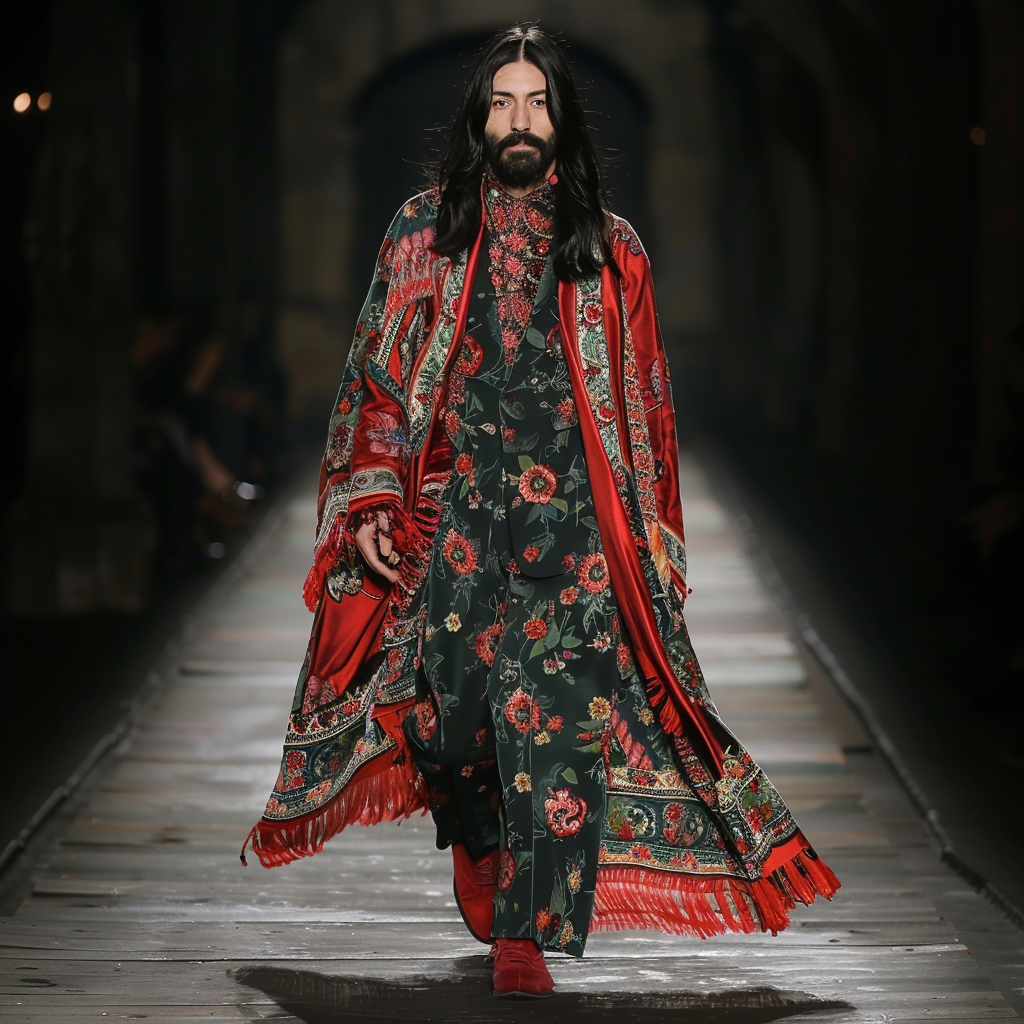Sustainable fashion seeks reform in the way we produce and consume goods, and its impact on the environment. Some fashion companies are beginning to incorporate sustainability into their practices, with the hope that this will have long-term benefits for the environment.
What is Sustainable Fashion?
Sustainable fashion is a movement that focuses on how the fashion industry sources, manufactures and designs its products. This movement aims to benefit both fashion brands and society as a whole, by maximizing ecological integrity while minimizing the negative environmental impact of apparel production that contributes to climate change and carbon emissions.
Sustainable Mode vs Fast Mode: Understanding the Difference
Sustainable fashion as a business model is a direct response to fast fashion , which is a method of mass producing fashionable clothing with poor quality materials to meet consumer demands. Fast fashion is not designed for long-term continuous wear and often ends up in landfills . To meet the accelerated production demands of the fast fashion industry, garment workers often work overtime for extremely low wages, often in hazardous work environments.
Sustainable fashion aims to provide textile workers with better working conditions so they can create more durable , high-quality garments made from renewable or reusable materials that have less environmental impact. Sustainable garment manufacturers ensure that garment workers receive fair pay and better working conditions in return for their daily efforts. By paying workers a fair wage to create sustainable clothing from alternative materials, sustainable fashion is able to counter the negative impacts of the fast fashion industry.
Why is sustainable fashion important?
More sustainably constructed fashion can have long term benefits for human beings and the world we live in. Shopping sustainably is important because:
This reduces waste . Sustainable fashion is better in the long run because it reduces manufacturing process waste from toxic chemical dye or harmful plastic microfibers, as well as greenhouse gas emissions that exacerbate climate change. Sustainable shopping can extend the life cycle of a garment , reducing the need to mass dispose or incinerate unsold items, which can also have a negative impact on the environment. Some manufacturers are able to make swimwear, leggings, and sneakers from post-consumer plastic bottles, fishing nets, and coffee grounds. Other fashion brands have used discarded textiles from major manufacturers, such as making clothes from scraps of cashmere or other reusable materials found in garment factories.
Expends less energy . This manufacturing process rethinks the entire supply chain, from design to disposal. Sustainable fashion means reducing natural resources wherever possible and using renewable energy sources. By implementing “green solutions” like solar-powered factories or alternative materials, apparel companies can use fewer resources and reduce their carbon footprint.
It's cruelty-free . Eco-fashion uses alternative raw materials derived from plants rather than animals, such as lyocell, a form of rayon made from cellulose fibers from the gum tree (some gum tree species are considered invasive). Many fashion designers are now swapping genuine leather for a vegan version to make items like jackets, handbags, and pants.
It's ethical . Buying from sustainable fashion brands supports proper labor laws and fair wages. Many garment workers work long hours in poor conditions so companies can keep production cheap and fast, as evidenced by the 2013 Rana Plaza factory collapse in Bangladesh. However, sustainable clothing is made with an ethical and cruelty-free program. Employees can lead a better quality of life with decent pay and better working conditions.
5 tips for shopping sustainably
1. Buy from a thrift store. It takes more than 2000 L of water to make a single cotton t-shirt. Buying used clothing can reduce the amount of reusable clothing that ends up in landfills by extending its life cycle. Buying savings increases the time between the use and disposal phase of a garment's life cycle, allowing us to get the most out of our used garments, which can reduce the need for overproduction and manufacturing. Donate or entrust your own unwanted clothes to a thrift store to give them a purpose other than turning them into waste.
2. Buy natural fibers. Synthetic fibers and non-biodegradable materials such as polyester, acrylic and nylon are particularly harmful to the environment. Stick with clothing brands that offer items made from natural, sustainable materials like organic hemp or organic linen. These durable fabrics are derived from plants that require far less water than cotton. Even though organic cotton plants use fewer pesticides than standard cotton, they still need hundreds of gallons of water to grow. In fact, due to the resource requirements and the environmental harm of pesticides, a pair of denim jeans presents some of the biggest sustainability issues in apparel manufacturing. Recycled or upcycled cotton is the most sustainable option if you want to buy cotton clothing.
3. Build a capsule wardrobe . A capsule wardrobe is a collection of classic pieces that come together with versatility, allowing you to create look after look with just a few items. A capsule wardrobe can create a strong, reusable base of clothing, minimizing your need to purchase new items or accessories.
4. Rent clothes. Borrowing clothes is a great way to reduce consumption. Rather than buying a designer dress or a trendy suit that you may never wear again, look for companies online that offer clothes for rent for special occasions.
5. Buy local . Local clothing vendors can tell you where their materials come from and how the clothes were made. Find suppliers who are fair trade certified or who use environmentally friendly materials. Buying local is also a great way to support your community, keep hardworking people in business by supporting their business.


